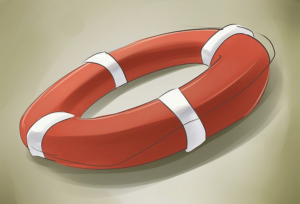Safety First


It’s never too late to learn how to prevent pool accidents and preventative drowning techniques. Here are 3 musts for young pool enthusiasts:
- Parents and child care providers should learn cardiopulmonary resuscitation (CPR).
- Supervise. Never leave children unsupervised near a pool, hot tub or natural body of water.
- Teach children to swim.
Most children end up going into water too deep for them. Panic sets in, and they stir up the water, get it in their face and mouth, then they start coughing and inevitably fear takes over.
Aside from teaching them how to swim, also teach them key movements like floating and treading. Check it out:
Floating. The float state: With your head back, feet up, and your back on the water the mouth can then breath and able to get as much oxygen as needed. Then the mind can relax and you’re able to shout for help.
Treading. There are various ways to tread and also achieve the ever-so-important lift in the water.
With your thumbs up and the hands rotating slightly out the arms move back and forth in either a front to back motion or parallel to the bottom of the pool out and back to your sides. The water comes on and off the palms while pushing the water down. With pinkies slightly out on the way out and thumbs slightly up on the way in gives you the lift needed to stay afloat. A nice subtle motion pressing down and hands pulling up lightly while the wrists relax on the way up, with most of the resistance on way down.
Test this out with a vertical float. With a little bit of energy, you can get your mouth and nose out of the water creating vertical bobs.
While treading, btw, most people immediately think of the legs, but the arms play a central role. For beginners start by standing in shallow water and place the forearms below the water surface. Sweep the arms back and forth keeping wrists stiff in the water. This motion is called sculling.
Once you get the hang of the sculling movement with your arms then test out your legs. The most exhausting kick is the flutter kick. Move your feet back and forth in quick scissor motions keeping your toes pointed. Start with holding onto the wall then move out in deeper water to see how you’re doing. Hold onto a wall or floating device until you feel more comfortable.
The less tiring form is using the breaststroke kick. Straighten your legs and bring them together then the bend knees with your legs still touching. Flex feet, and move legs apart by moving them outward and away from each other. Snap legs together extend to the bottom of your feet then start in the starting position by bringing feet together and then repeat. Start this at a wall, then try it with a floating device. Move to the middle of the pool.
There you have it. No matter what season it is, any time is the right time to learn pool safety techniques. Stay safe out there.